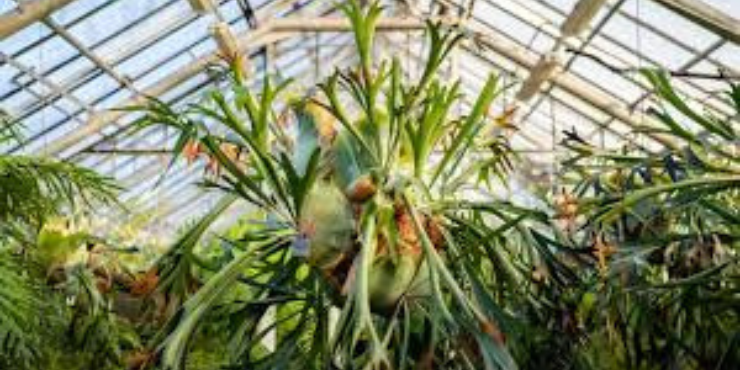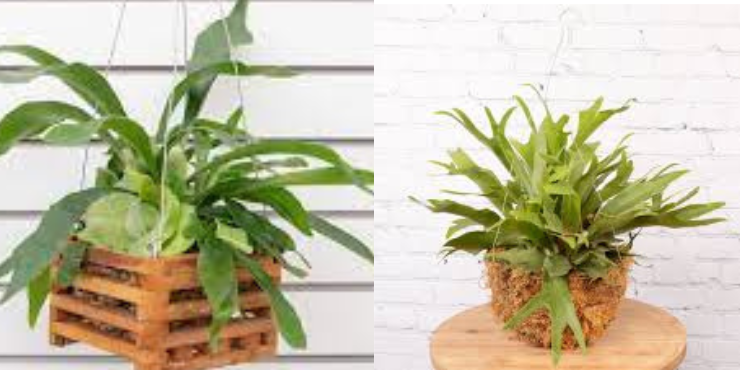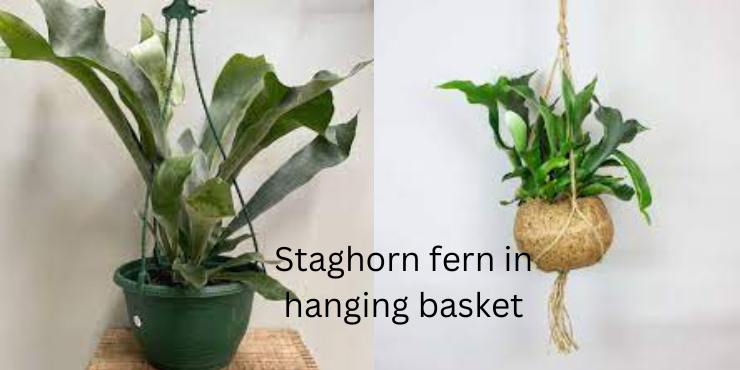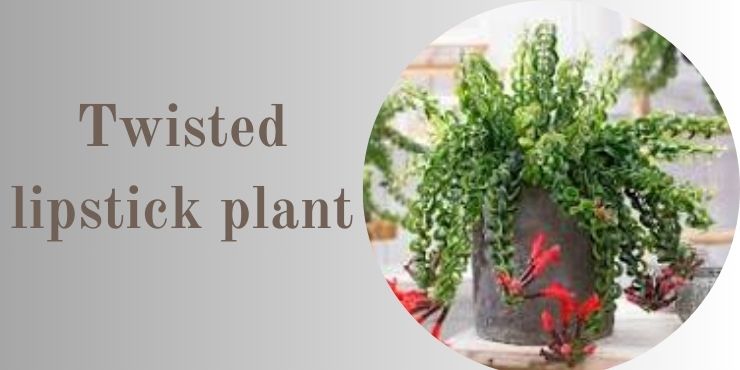Staghorn fern in hanging basket
The world of indoor gardening is continuously evolving, and plant enthusiasts are always on the lookout for unique and aesthetically pleasing additions to their green sanctuaries. One such gem in the realm of botanical beauty is the Staghorn Fern, a captivating epiphytic plant that can thrive elegantly in hanging baskets. In this comprehensive guide, we will explore the intricacies of cultivating Staghorn Ferns in hanging baskets, unlocking the secrets to a flourishing and visually stunning indoor garden.
Understanding the Staghorn Fern

Before delving into the specifics of cultivating Staghorn Ferns in hanging baskets, let’s acquaint ourselves with this distinctive plant. Scientifically known as Platycerium, the Staghorn Fern is a genus of about 18 fern species known for their unique fronds resembling the antlers of a stag. These ferns are epiphytic, meaning they grow on other surfaces, such as trees or rocks, in their natural habitat.
Staghorn Ferns have two distinct types of fronds: sterile shield fronds and fertile antler fronds. The shield fronds are flat, shield-shaped, and attach the plant to its host surface, while the antler fronds, as the name suggests, resemble the antlers of a stag. Understanding the growth patterns and needs of these fronds is crucial for successfully cultivating Staghorn Ferns in hanging baskets.
Choosing the Right Hanging Basket
Selecting the appropriate hanging basket is the first step in creating an ideal environment for your Staghorn Fern. Unlike traditional potted plants, Staghorn Ferns have unique requirements due to their epiphytic nature. Op for a hanging basket with an open and airy design, preferably made of wire or slats. This type of basket allows air circulation around the fern, mimicking its natural habitat.
The size of the hanging basket is also crucial. Ensure it is large enough to accommodate the fern’s growth, allowing room for both shield and antler fronds to develop without overcrowding. Remember that Staghorn Ferns are slow growers, so the chosen basket should provide ample space for long-term development.
Potting Mix and Mounting the Staghorn Fern

Creating the right potting mix is vital for the well-being of your Staghorn Fern. Unlike traditional soil-based mixes, Staghorn Ferns thrive in a combination of organic and inorganic materials. A suitable mix may include orchid bark, sphagnum moss, and perlite. This blend offers excellent aeration and moisture retention, essential for the fern’s growth.
Once you’ve prepared the potting mix, it’s time to mount the Staghorn Fern in the hanging basket. Place a layer of the mix on the bottom of the basket and secure the fern by nestling its shield fronds into the mix. You can use fishing line or wire to fasten the fern securely to the basket, ensuring it stays in place as it establishes its roots.
Light Requirements
Proper lighting is a key factor in the success of any indoor plant, and Staghorn Ferns are no exception. These ferns thrive in bright, indirect light reminiscent of their natural habitat beneath the canopy of trees. Hanging baskets are advantageous in this regard, as they can be strategically placed to receive filtered sunlight.
Avoid exposing your Staghorn Fern to direct sunlight for extended periods, as this can scorch the delicate fronds. If your indoor space lacks natural light, supplement it with fluorescent or LED lights to provide the fern with the necessary energy for photosynthesis.
Watering and Humidity
Staghorn Ferns are sensitive to both overwatering and underwatering, so finding the right balance is crucial. Water the fern when the top layer of the potting mix feels slightly dry to the touch. Use room temperature water and ensure that excess water can drain freely from the basket to prevent waterlogged conditions.
Maintaining high humidity is essential for Staghorn Ferns, as they naturally thrive in tropical environments. Regularly misting the fronds with water or placing a tray of water near the fern can help create a humid microclimate. Additionally, grouping several plants together can create a collective humid environment, benefiting all the plants involved.
Fertilizing Routine
Staghorn Ferns are relatively light feeders, but they do benefit from regular fertilization, especially during the growing season. Use a balanced, water-soluble fertilizer diluted to half or quarter strength to avoid over-fertilizing, which can harm the fern. Apply the fertilizer to the potting mix, avoiding direct contact with the fronds.
Aim to fertilize your Staghorn Fern every 4-6 weeks during the growing season, typically from spring to early fall. Reduce or stop fertilizing during the dormant winter months when the fern’s growth naturally slows down.
Temperature and Environment
Maintaining a stable and warm environment is crucial for the health of your Staghorn Fern. These plants prefer temperatures between 65°F to 75°F (18°C to 24°C). Avoid exposing them to sudden temperature fluctuations or drafts, as this can stress the fern and lead to health issues.
If you live in a region with harsh winters, consider bringing your hanging Staghorn Fern indoors during the colder months to protect it from frost and extreme cold. Ensure that the indoor space provides adequate light and humidity for the fern’s well-being.
Pruning and Maintenance
Regular pruning is essential for keeping your Staghorn Fern healthy and aesthetically pleasing. Trim any brown or damaged fronds with clean, sharp scissors or pruning shears. Be mindful not to cut into the shield fronds, as they play a crucial role in anchoring the fern to its mount.
Additionally, keep an eye out for pests such as scale insects or mealybugs, which can occasionally affect Staghorn Ferns. If you notice any signs of infestation, treat the fern with insecticidal soap or neem oil, ensuring thorough coverage of the affected areas.
Displaying Your Hanging Staghorn Fern
The unique and captivating appearance of the Staghorn Fern makes it an excellent choice for a focal point in your indoor garden. Consider creating a visually appealing display by grouping Staghorn Ferns with other epiphytic plants or arranging them with complementary foliage. The hanging baskets allow for creative vertical gardening, making the most of your available space.
Experiment with different hanging heights and arrangements to find the most aesthetically pleasing display. You can also use decorative hooks or macramé hangers to add a touch of style to your Staghorn Fern ensemble.
Conclusion
Cultivating Staghorn Ferns in hanging baskets is a rewarding venture for plant enthusiasts seeking a unique and visually striking addition to their indoor gardens. By understanding the specific needs of these epiphytic ferns, from the right potting mix to optimal light conditions, you can create an environment where your Staghorn Fern thrives and flourishes.
Embrace the art of hanging Staghorn Ferns, transforming your living space into a green oasis that not only showcases the beauty of nature but also invites a sense of tranquility and connection with the botanical world. With proper care and attention, your hanging Staghorn Ferns will undoubtedly become the centerpiece of your indoor garden, captivating all who behold their majestic antler-like fronds.


